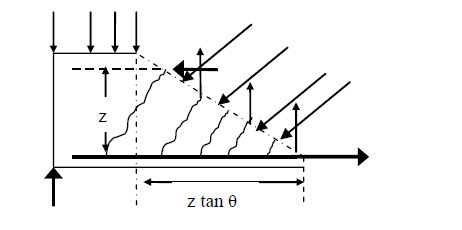e104909
Civil/Environmental
- Aug 13, 2011
- 65
Per ACI 318-14 22.5.1.2, Vu ≤ ф[Vc + 8*SQRT(f'c)bwd]
My understanding is that the 8*SQRT(f'c)bwd is equivalent to maximum shear reinforcement that you are allowed to put in your concrete beam section. But I cannot find any wording in the code that this is the limitation in the shear reinforcement. The commentary R22.5.1.2 didnt mention anything about this either. All I understood is, as long as the combination of the concrete strength and shear reinforcement exceeds the required ultimate shear, then that should be adequate.
My understanding is that the longitudinal rebars has lower and upper limits and were defined as rho min and rho max which is very clear in the code. But what if your Vs = Av x fy x d / s exceeds Vsmax = 8*SQRT(f'c)bwd? what failure could it be? If you provide more stirrups than what is allowed, will it be considered as over reinforced? will it be a sudden and brittle failure?
Do you have any testing or research about this topic? I am very interested to find out about this limitation if it is the same as the flexural bars.
If the statement about this limitation is true, how can we repair such beam that has exceeded this limit?
Regards,
E104909
Civ-Str P.E.
My understanding is that the 8*SQRT(f'c)bwd is equivalent to maximum shear reinforcement that you are allowed to put in your concrete beam section. But I cannot find any wording in the code that this is the limitation in the shear reinforcement. The commentary R22.5.1.2 didnt mention anything about this either. All I understood is, as long as the combination of the concrete strength and shear reinforcement exceeds the required ultimate shear, then that should be adequate.
My understanding is that the longitudinal rebars has lower and upper limits and were defined as rho min and rho max which is very clear in the code. But what if your Vs = Av x fy x d / s exceeds Vsmax = 8*SQRT(f'c)bwd? what failure could it be? If you provide more stirrups than what is allowed, will it be considered as over reinforced? will it be a sudden and brittle failure?
Do you have any testing or research about this topic? I am very interested to find out about this limitation if it is the same as the flexural bars.
If the statement about this limitation is true, how can we repair such beam that has exceeded this limit?
Regards,
E104909
Civ-Str P.E.





